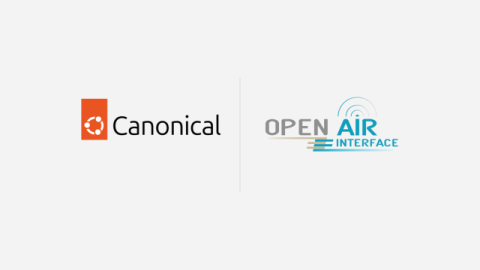Boosting Operational Efficiency with Cost-Effective International Communication Tools
In the modern business world, especially with the increased technology and globalization, clear communication across international borders is critical. That said, making international calls using traditional means is expensive and can sometimes be boring. As a way of improving their efficiency and reducing their operating costs, businesses are adopting cheap international communication means. This article highlights several approaches and technologies that organizations can implement to enhance their international communication while reducing the costs acquired.









